It is his first public appearance since the leak about a possible Holden factory shutdown. Even though Holden lodged its submission to the Productivity Commission more than a week ago, the company was invited to deliver its submission in person at the commission's headquarters in Collins Street, Melbourne.
The public are able to view the proceedings, which are expected to take less than one hour.
News Corp Australia understands Mr Devereux is expected to repeat the company's key points for continued taxpayer assistance for Holden and the wider car manufacturing industry.
Central to Holden's argument is its claim that it generated $32.7 billion of economic activity in Australia from 2001 to 2012, including $21 billion paid to other businesses for goods and services.
During that period Holden received $1.8 billion in Federal funding, but says it "returned" $1.4 billion to the Government via the PAYG income tax of its workers.
"If Holden did not manufacture in Australia, the economic activity derived from the foreign investment by GM would not go elsewhere in Australia," Holden's submission to the Productivity Commission says. "In fact, it would be invested by GM in another country."
The Holden submission also provided a grim assessment of the sharp decline in the local production and export of Holden cars.
The production peak of the Elizabeth factory of 165,000 cars in 2004 has been halved, with Holden on track to build just 84,000 vehicles this year.
The biggest export year was 2008, when Holden shipped 56,000 cars, mostly to the US, when the Australian dollar was worth $US0.84.
Exports have fallen sharply since the Australian dollar reached close to parity; just 13,000 cars were exported last year, about 16 per cent of Holden's local production.
At the start of his new role, Federal Industry Minister Ian Macfarlane said Holden must export at east 30 per cent of its local production in return for further government funding.
Also central to Holden's argument has been the "ripple effect" of job losses at Australian car parts suppliers, if Holden were to shut its factory.
However, a confidential report obtained by The Adelaide Advertiser found that the two new cars that Holden planned to build from 2016 to 2022 had a "significant reduction" in local content and instead would have more foreign parts.
The Productivity Commission is due to publish a preliminary report on the car manufacturing industry on December 20 ahead of a final report on March 31.
In March 2012 Holden agreed to build two new cars from 2016 to 2022 after receiving a pledge for $275 million in State and Federal assistance.
But since Ford announced in May this year that it would close its Australian factories in 2016, Holden has lobbied for an increase in funding because, it says, "market conditions have changed dramatically" since the March 2012 deal was signed.
The closure of Holden's car-making factory in Elizabeth, South Australia, is widely viewed by the Federal Government and industry observers as a formality.
However, contrary to earlier reports, Holden insists a formal decision to close the factory has not been made or signed off by General Motors executives in Detroit.
Holden milestones
1948
Prime Minister Ben Chifley unveils the first Holden car, declares “she’s a beauty”. More than 18,000 orders are held before the 48-215 “FX” Holden goes on sale. Some customers sell their place in the queue for £100.
1954
One in three cars on the road is a Holden.
1958
One in two cars on the road is a Holden.
1960
The first export of left-hand-drive Holden vehicles begins with a small shipment of cars to Hawaii.
1962
1 millionth Holden sold (EJ Special sedan, Oct 1962).
1964
Holden employee numbers peak at 23,914 across seven facilities in Queensland, NSW, Victoria and South Australia.
1969
2 millionth Holden sold (HK Kingswood, March 1969).
1974
3 millionth Holden sold (HQ Kingswood, June 1974).
1978
Holden celebrates 25 years of continuous sales leadership.
1981
4 millionth Holden sold (VC Commodore, June 1981).
1990
5 millionth Holden sold (VN Calais, August 1990, more than twice as many as any other Australian built car at the time).
1991
Japanese car-maker Toyota beats Holden and Ford to market leadership for the first time in Australia.
2001
6 millionth Holden sold (VX Commodore SS, June 2001).
2002
The last year Holden led the Australian new-car market.
2004
Holden produces 165,000 vehicles (the most in its modern era), almost matches the 1963 peak of 166,274. Factory worker numbers in 2004: 7350.
2005
Holden’s biggest export year: 60,518 cars were shipped, mostly to the US and the Middle East.
2008
7 millionth Holden sold (VE Commodore LPG, Aug 2008).
2011
After 15 years as Australia’s favourite car, Holden Commodore sales are overtaken by the Mazda3 from Japan. Automotive historians say it is the first time since WWI an imported car has led the new-car market.
2013
Toyota Corolla on track to become Australia’s top-selling car for the first time.
Only five out of 100 new cars sold in Australia is a locally-made Holden.
Holden is overtaken in some months by Mazda, Hyundai and Nissan.
After several redundancies and a three-year wage freeze, Holden factory worker numbers fall to 1760.
Despite a record new-car market, Australian vehicle production falls to its lowest levels since 1958.
Holden is on track to export just 14,000 of the 84,000 cars it will make locally.
This reporter is on Twitter: @JoshuaDowling



.jpg)

.jpg)
.jpg)


.jpg)
.jpg)
.jpg)





















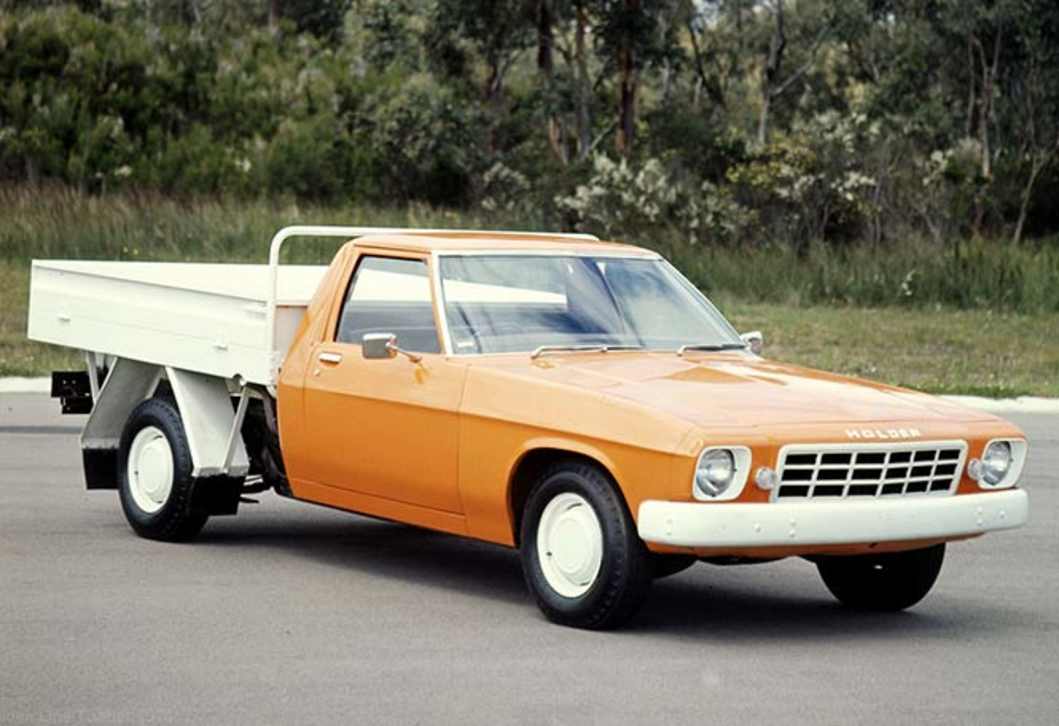
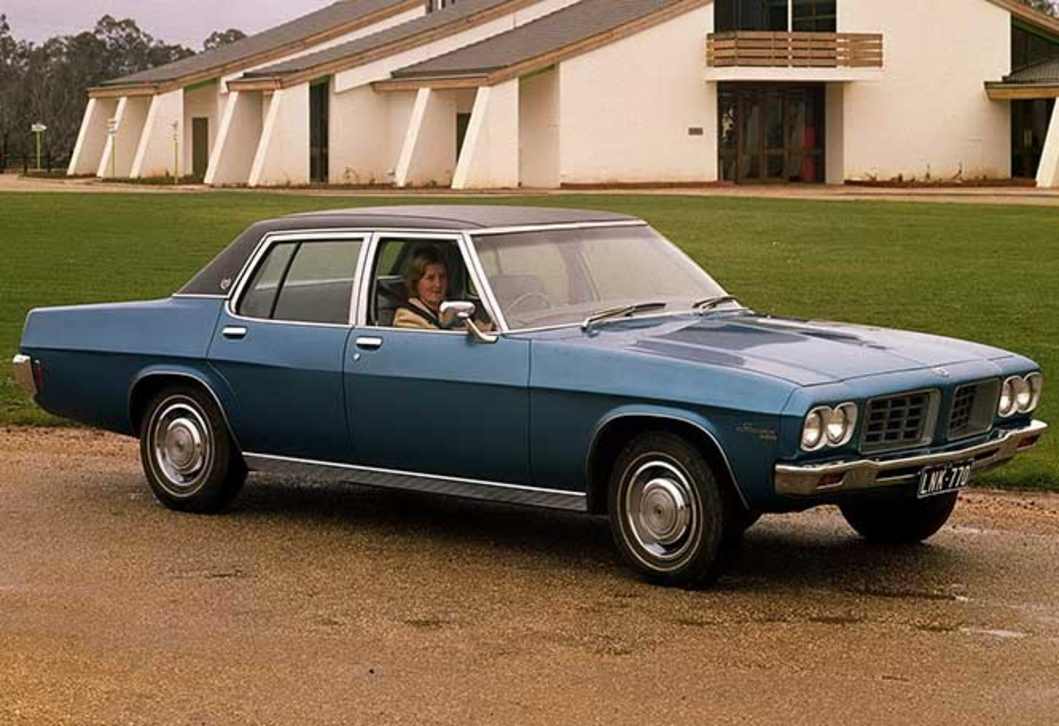











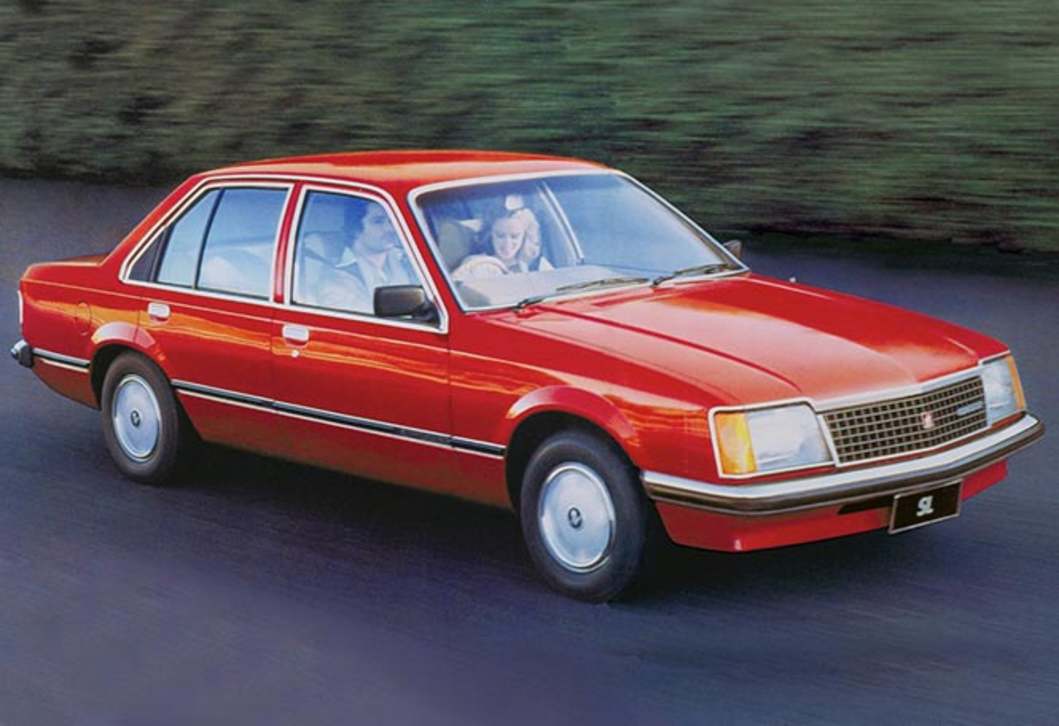



















































































.jpg)
.jpg)
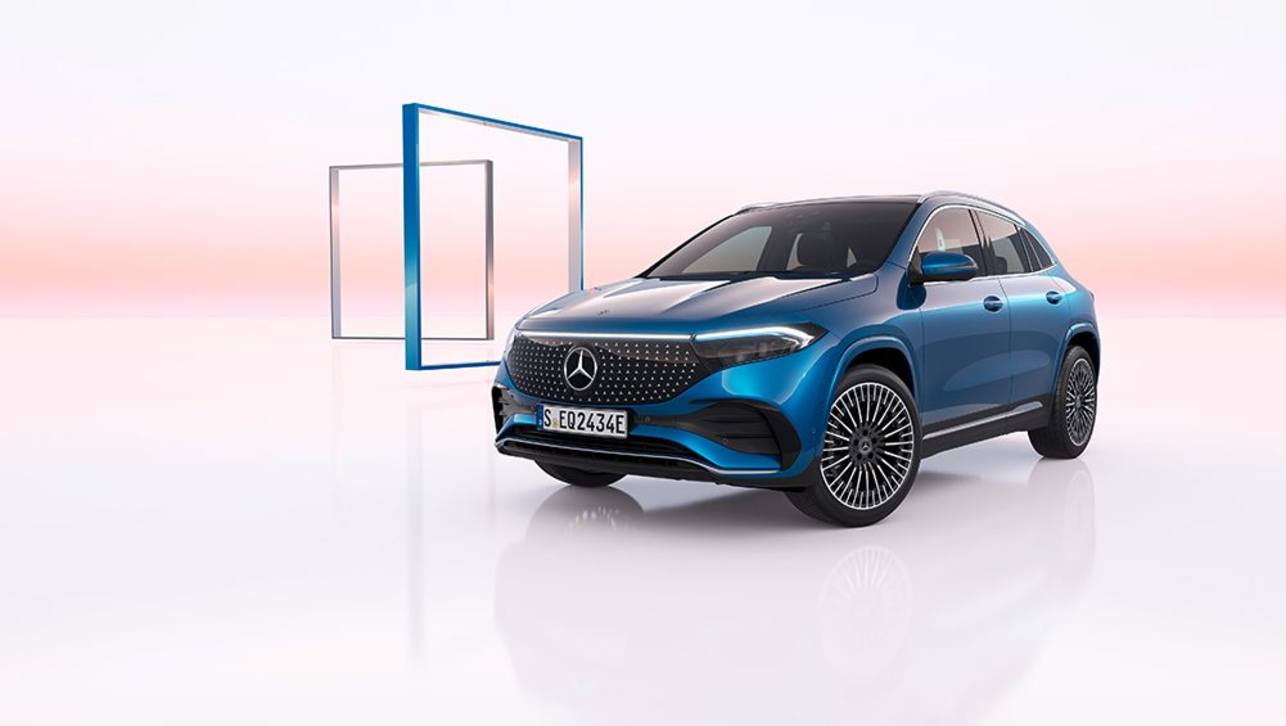
.jpg)
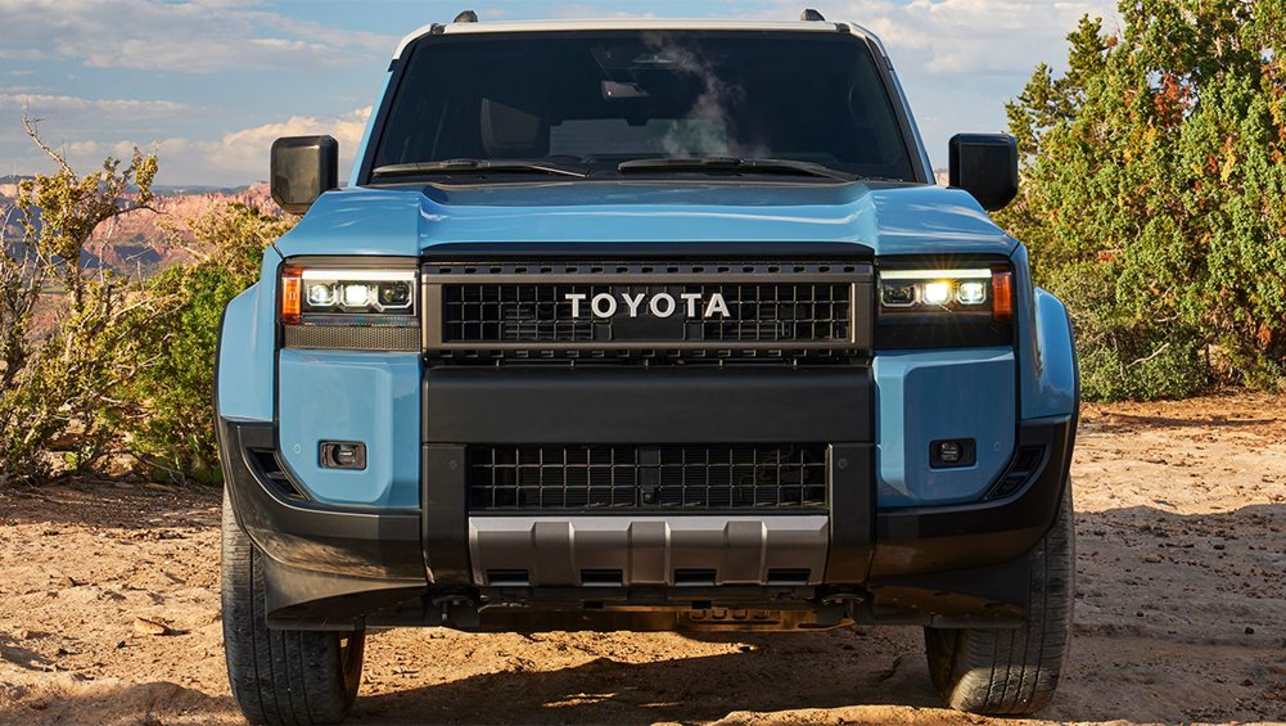

.jpg)

.jpg)
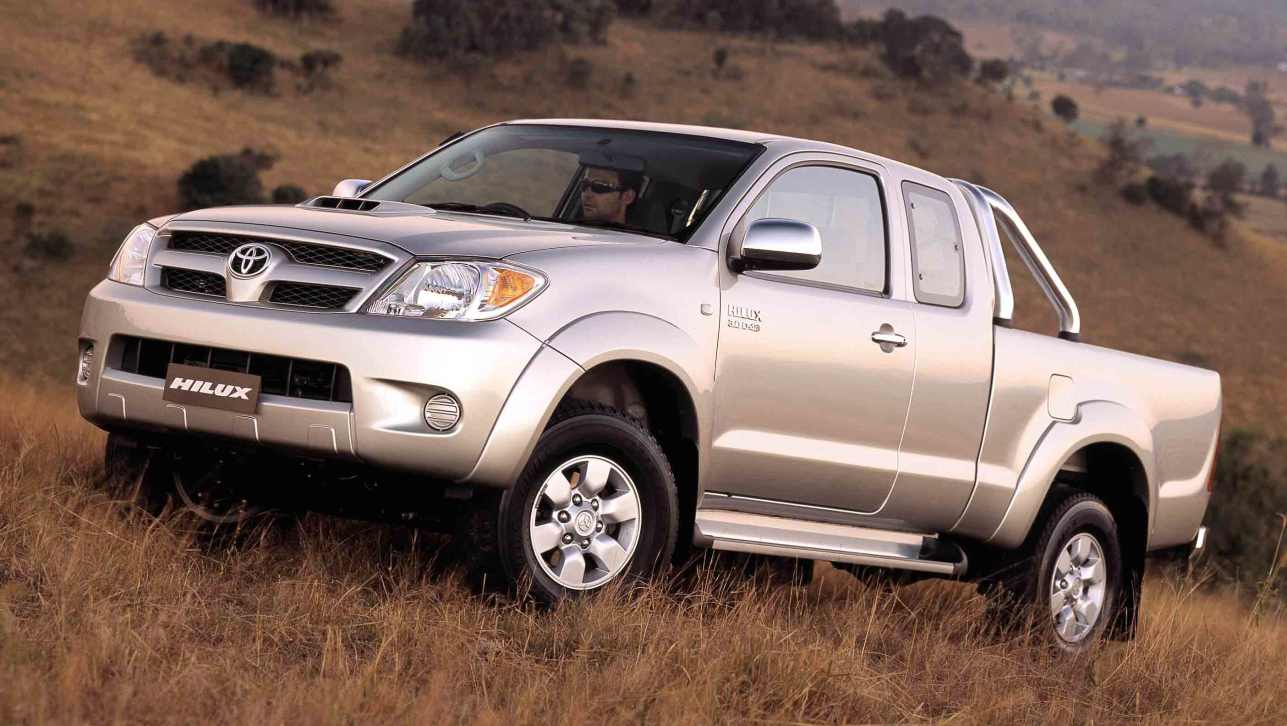






Comments